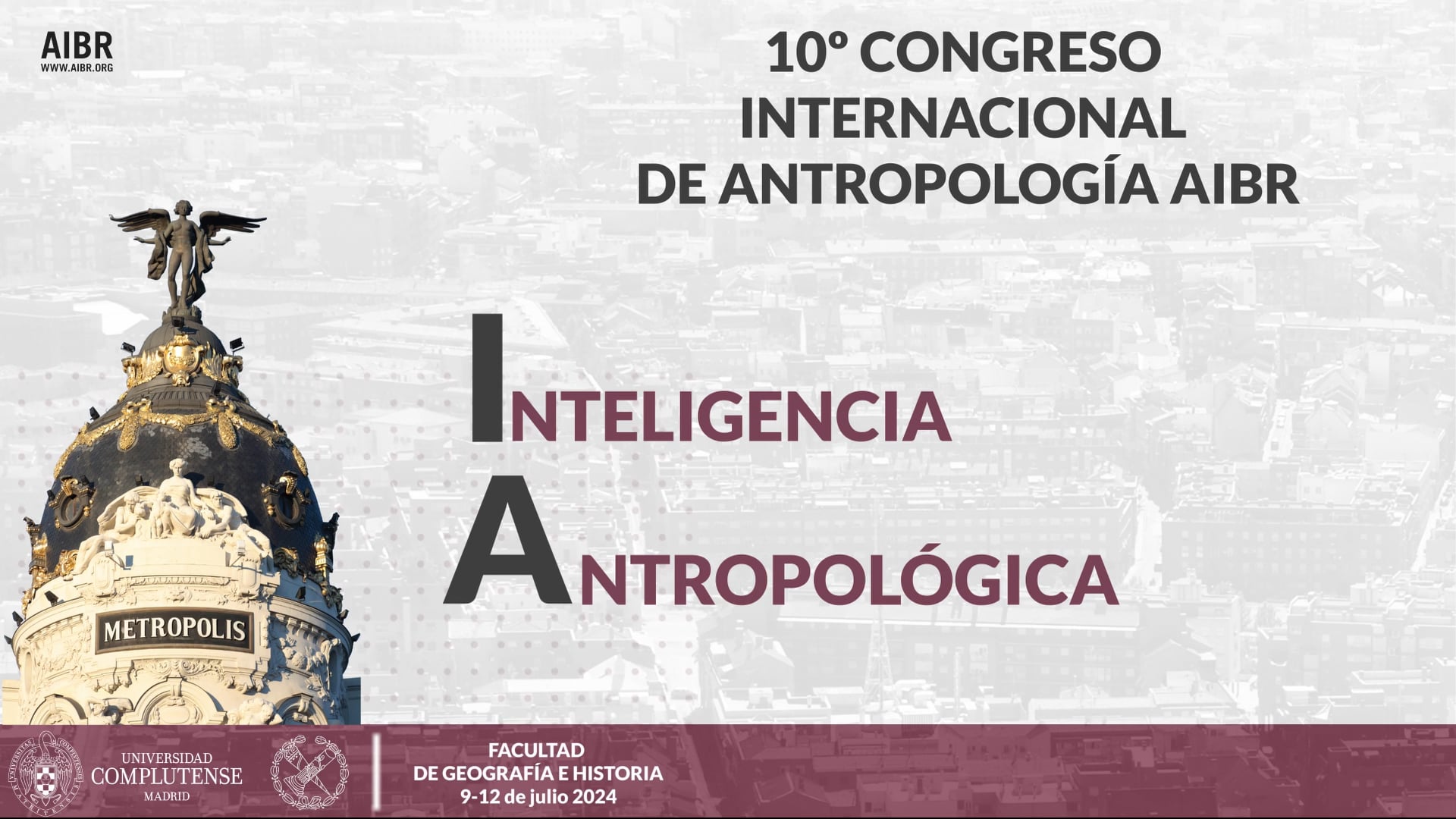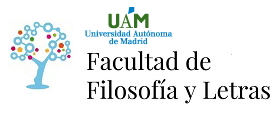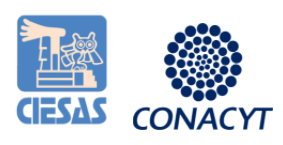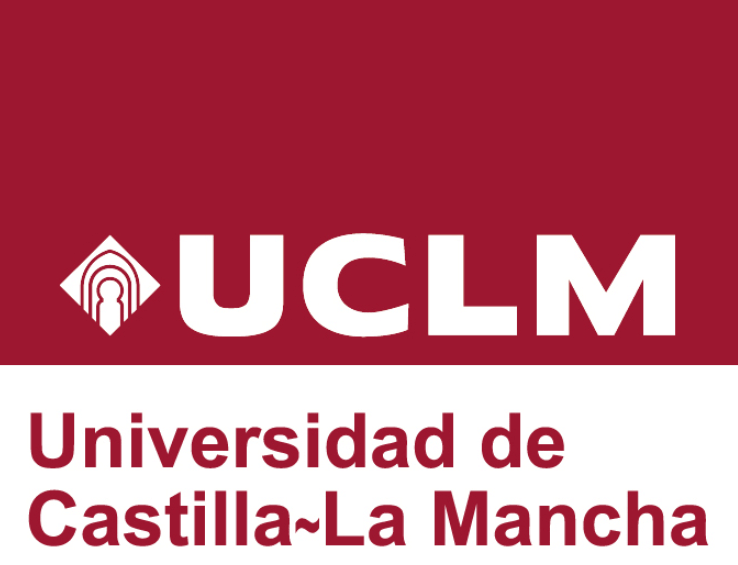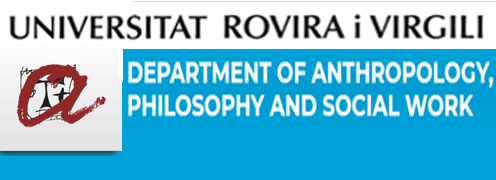With 1,500 colonists and 12 ships, the 1559-1561 Tristán de Luna y Arellano expedition was the most ambitious Spanish attempt to establish a colony in Florida. The 1559 hurricane that destroyed 7 of 10 ships still in the bay ultimately ensured the failure of the expedition after only 2 years, but also left an unparalleled archaeological resource that permits modern researchers to fill in many of the undocumented details about the settlement and fleet, and the people who built and occupied them. Maritime archaeologists discovered the first Luna shipwreck, Emanuel Point I, in 1992. Discovery of the 2nd and 3rd Spanish colonization ships occurred in 2006 and 2016. Since its discovery in 2015, archaeological investigations at the site of Santa María de Ochuse, Tristán de Luna y Arellano’s 1559-1561 settlement on Pensacola Bay have also been ongoing. With the effort of multiple student field schools, thousands of artifacts have been recovered from the ships and associated land site, enabling comparisons between the fleet and settlement and insights into foodways, shipboard pets and pests, ballast origins, and defense. This paper will provide a summary of the analyses conducted by both faculty and student researchers since the original discoveries.


